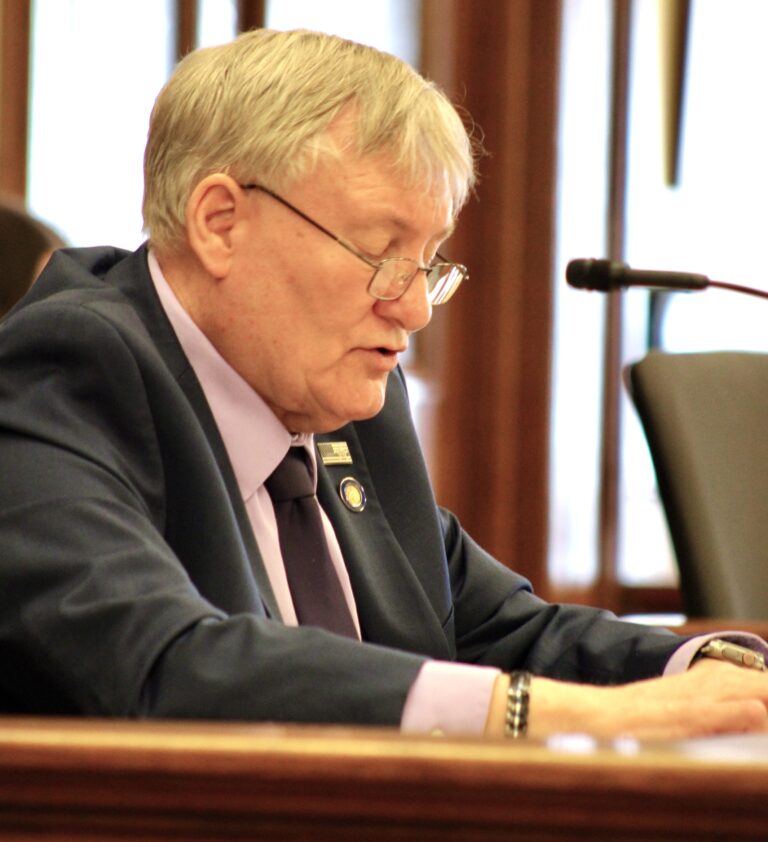Weekly Fiscal Facts are provided to Wisconsin Newspaper Association members by the Wisconsin Policy Forum, the state’s leading resource for nonpartisan state and local government research and civic education. The Wisconsin Policy Forum logo can be downloaded here.
The University of Wisconsin-Milwaukee lags in key revenues compared to peer urban research universities, as a decade of enrollment decline has exacerbated the effects of an eight-year tuition freeze and state funding that has not kept pace with inflation.
These trends have forced cuts to faculty, eroded reserves and research spending, and threatened the gains made in raising retention and graduation rates at UW-Milwaukee, Wisconsin’s second-largest university. Most recently, the fiscal toll of the COVID-19 crisis has compounded these problems, a recent Wisconsin Policy Forum report found.
In December, the Forum published “Falling Behind?”, a review of the state’s public college and university finances that gave particular attention to UW-Madison. This report, commissioned and partially funded by the UWMFoundation, builds on that work by examining successes and difficulties for the state’s only other university — one of 131 nationally — to have the elite “R1” classification given to doctoral universities with very high research activity.
UW-Milwaukee also plays a key role in providing access to higher education for many low-income students and students of color in Wisconsin. Now, this report finds UWM grappling with a host of challenges, underscored by a comparison to 14 other peer urban public research universities around the country:
- The UWM decline in full-time equivalent student enrollment from 2013 to 2019 (6.4%) was the fourth-biggest loss among its national peers and well behind the group overall, which averaged a 3.6% gain in enrollment over those years.
- In 2019, UWM received $5,229 in state funding per student, 27.9% below the average of the peer universities and the third-lowest among that group.
- In 2019, UWM received $14,038 in combined state funding and tuition and fee revenue for each full-time student. That was second-lowest of its peers and 23.1% below the average for the group of $18,069.
- Between 2013 and 2020, in-state undergraduate tuition and required fees rose 3.8% at UWM — the smallest increase of any peer university except Georgia State University.
Our research finds UWM also has lost ground over the past decade in providing competitive salaries to attract and retain faculty, and in the research and development spending so crucial to its mission and to the region’s economy. Not adjusted for inflation, UWM R&D spending decreased from $61.2 million in 2011 to $53.8 million in 2019. The 12.1% decrease contrasts with a 13.8% increase in spending for the peer group.
COVID-19 also dealt a fiscal blow to UW-Milwaukee, which documented $91.8 million in pandemic-related losses. Though helpful, recent rounds of federal aid for UWM are expected to fall at least $39 million short of covering these losses.
This information is provided to Wisconsin Newspaper Association members as a service of the Wisconsin Policy Forum, the state’s leading resource for nonpartisan state and local government research and civic education. Learn more at wispolicyforum.org.



